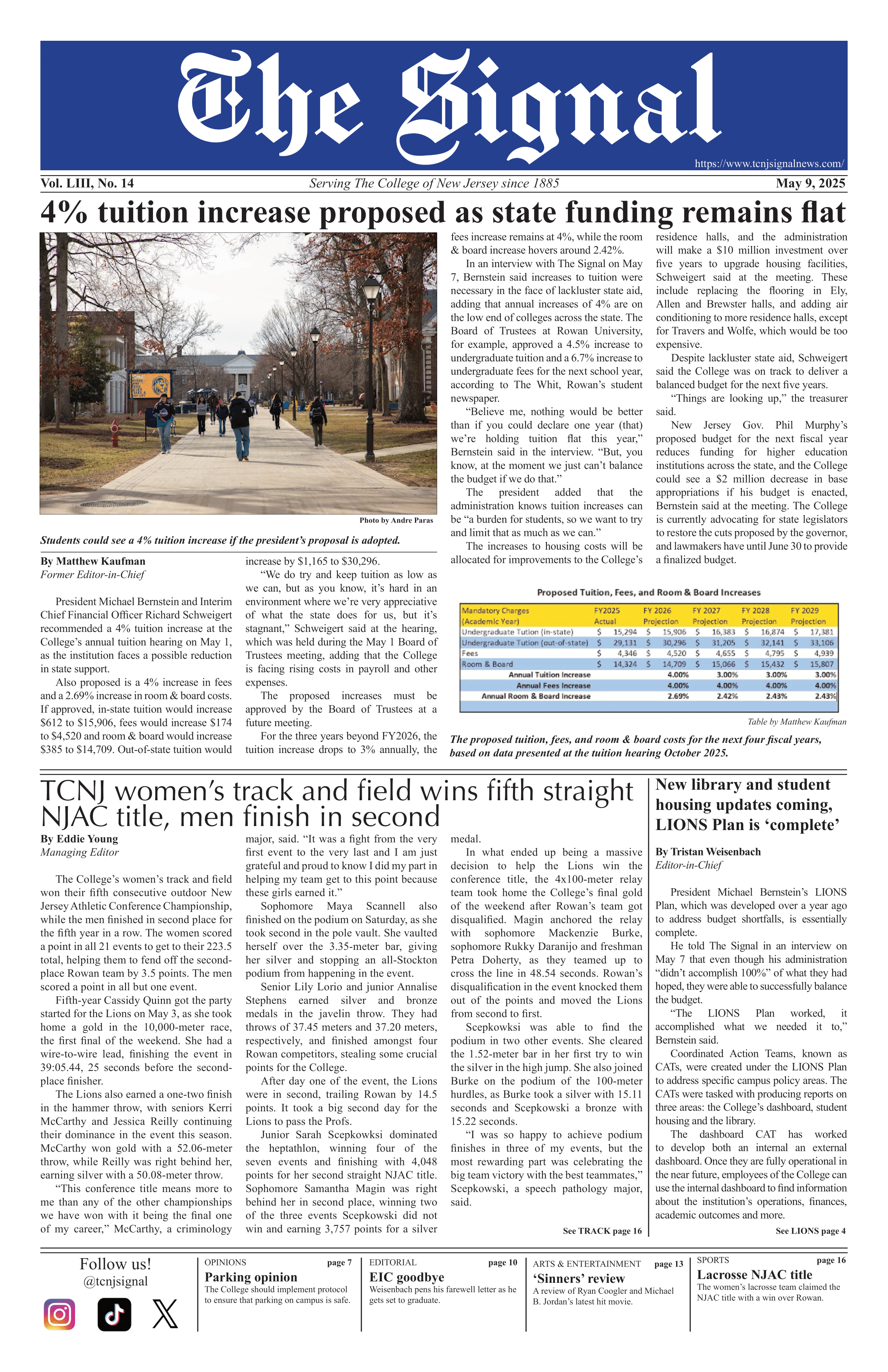Assistant curator Kelly Kivland held a Brown Bag discussion on Friday, Feb. 21, in partnership with the International Sculpture Center that focused around a few of their projects that have had significant impacts.

When people think of art on display, they generally think of museums and galleries. Looking to support artists who may not have found support otherwise, the Dia Art Foundation was established in 1974. The foundation works in partnership with artists to help bring their visions to life largely through landscapes.
“Our goal is to illustrate the preserving of work in public space,” Kivland said. “That means somewhere you can access at any point in time.”
The first project discussed was Walter De Maria’s “Vertical Earth Kilometer,” located in Friedrichsplatz Park in Germany. It is a one–kilometer long rod placed in the gound, and a square redstone plate adorns the sumberged rod.
The project was originally met with a lot of negative press at its unveiling in August of 1977, but was kept open to the public and is currently still preserved by Dia.
In the 1980s, an idea belonging to Joseph Beuys, called “7,000 oaks,” became a reality and one of the first powerful social sculptures. He gathered 7,000 trees, each accompanied by a tall rock, and lined them up along streets in an attempt to raise ecological awareness.
In an area closer to home, Robert Smithson engineered the “Spiral Jetty” on the northeast of the Great Salt Lake in Utah. Smithson’s idea of “earth sculpting” required 7,000 tons of black basalt rock to be moved with the help of construction builders into a spiral shape that extends out 1,500 feet into the lake for people to walk on when the water level was low enough.
According to Kivland, microbes in the surrounding water occasionally causes it to turn a reddish color and create a unique site. Dia acquired the jetty in 1999 to make sure others could still enjoy it years after its completion.
The last piece of artwork that Kivland brought to attention was the “Gramsci Monument.” After 42 communities denied artist Thomas Hirschorn help with his project, a community in the Bronx embraced his ideas with open arms and helping hands.
The monument was made with everyday utilitarian objects, such as wooden crates, and served as a place for the community to gather and learn. There was a stage, café/bar, open mic nights, a bridge, art classes and more.
It may have only been up for 77 days, but the impact it had on the community will last for years to come.
“The heart of our mission really is to, and it has been since 1974, commission work for the artists as they envisioned the environment to which it was presented,” Kivland said. “It is entirely opposite from most museums today. It’s original.”






